#clay seal
Explore tagged Tumblr posts
Text
Silly fellows made while killing time in class!
TW// Clay cat with bendy neck? It's kinda body-horrory idk




5 notes
·
View notes
Text
Archaeological Developments that Rock!
With Amazing archaeological discoveries,that are taking place in iran things are getting much more light,thus providing us more chance of understanding what shaed the land thta is Iran.
Sassanid coin depicting Empress Boran on view at Tehran museum-April 2, 2024
TEHRAN - A significant historical artifact, the Sassanid coin featuring Empress Boran (Purandokht), daughter of King Khosrow II, is now on display at the Money Museum in Tehran
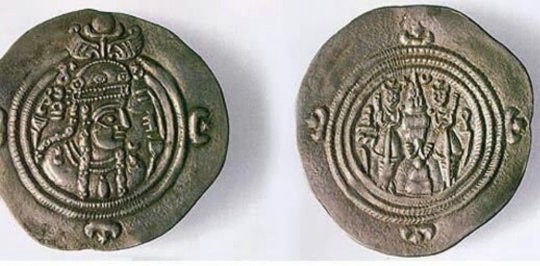
This coin holds immense value as it represents the first official depiction of a female ruler in Iranian history.
In 629 CE, Purandokht ascended to the throne and ruled for a year, during which she authorized the minting of coins bearing her name.
The silver coin depicts Empress Boran in the form of a female figure with intricately woven hair, while the reverse, like other Sassanid coins, features a fire altar with two attendants guarding the flames.
To provide visitors with a better view of the coin, the museum has installed larger images of both the obverse and reverse sides on the walls, allowing guests to easily admire the depiction of Empress Boran.
In about 220 CE, the Sasanian dynasty of Iran introduced the concept of thin flan coins, issues that were struck in relief on both sides. In order not to produce intolerable stresses in the dies, since the thinner the material the more force necessary to make it flow into the recesses of the die’s design, the depth of relief on such coins was of necessity much shallower than with earlier currency. Such techniques spread by way of Byzantium to northern Europe, where the emperor Charlemagne struck thin flan deniers (small silver coins), or pennies, which became characteristic of both his own and neighboring kingdoms.
The Sassanid era saw a general renaissance in the nation’s art and architecture. As scholarship was promoted by the government and many works from both the East and the West were translated into Pahlavi, the Sassanian people’s official language, crafts like metalwork and gem engraving reached a high level of sophistication during that time.
The Muslim conquest of Persia, also known as the Arab conquest of Iran, led to the fall of the Sasanian Empire in ca. 651 and the eventual decline of the Zoroastrian religion. The rise of Muslims coincided with an unprecedented political, social, economic, and military weakness in Persia.
‘Important’ ruins unearthed in downtown Isfahan-April 5, 2024

TEHRAN – Archaeologists have unearthed an array of “important” ruins and centuries-old structures in Isfahan, which was once the capital of Persia during the Safavid era (1501-1736).
The discovery was made in the Zarrin-Kamar passageway situated in downtown Isfahan adjacent to the UNESCO-registered Jameh Mosque of Isfahan, IRNA reported on Thursday.
“The passageway is situated in the heart of the historical fabric of Isfahan, and significant evidence from various historical periods has been discovered within it,” Ali Shojai Isfahani, who presides over the archaeological team, said.
“Archaeological findings unearthed from the Zarrin-Kamar passageway span from pre-Islamic times to the Qajar era.”
Recently, a routine urban dig revealed evidence of two architectural structures. Consequently, that operation was halted, and urban archaeological operations began with an agreement between the Cultural Heritage Research Institute, Isfahan’s Urban Revitalization Organization, and the Art University.

Shojaei Isfahani, referring to the digging of five trenches during the archaeological operation, stated: “Under the sediments of the first trench, evidence of a series of engraved objects (related to irrigation and water supply) were found, which requires further examination to predict their antiquity, but it is likely that these artifacts date back to the period before the Mongol invasion of Isfahan.”
“These engraved objects raise the question of why these water structures were decorated, which needs further investigation.
The archaeologist continued: “It is probable that these water structures were [once] visible and aesthetically pleasing.”
Furthermore, another trench led to the discovery of a kiln, which is of great importance from a historical studies’ perspective, he explained.
“It appears that this kiln was dedicated to baking a specific type of pottery, but there is still doubt in this regard,” Shojaei Isfahani added.
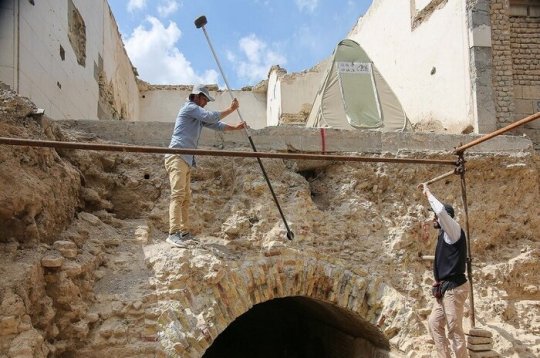
He continued: “The antiquity of this kiln may be attributed to the 7th century, indicating that we are facing an industrial complex on a part of this passageway.”
The archaeologist said: “Another trench led to the discovery of an architectural structure that appears to belong to the late Islamic period.”
“Here, stone walls and brick floors came to light, which requires further examination and research for dating.”
“One of the existing pieces of evidence is that the dimensions of one of the brick floors found in this passage are identical to the dimensions of bricks found in the dome chamber of the Jameh Mosque of Isfahan, suggesting that these structures may belong to the Seljuk period. However, this requires further investigation.”
Isfahan was once been a crossroads of international trade and diplomacy in Iran and now it is one of Iran’s top tourist destinations for good reasons as it is filled with many architectural wonders, such as unmatched Islamic buildings, bazaars, museums, Persian gardens, and tree-lined boulevards. It’s a city for walking, getting lost in its mazing bazaars, dozing in beautiful gardens, and meeting people.
The ancient city is renowned not only for the abundance of great historical bridges but also for its ‘life-giving river’, the Zayandeh-Rood, which has long bestowed the city an original beauty and fertility. Isfahan has long been nicknamed Nesf-e-Jahan, which is translated into “half the world”; meaning seeing it is relevant to see half the world. In its heyday, it was also one of the largest cities in the region with a population of nearly one million.
The cool blue tiles of Isfahan’s Islamic buildings, and the city’s majestic bridges, contrast perfectly with the encircling hot, dry Iranian countryside. The huge Imam Square, best known as Naghsh-e Jahan Sq. (literary meaning “Image of the World”), is one of the largest in the world (500m by 160m), and a majestic example of town planning. Constructed in the early 17th century, the UNESCO-registered square is punctuated with the most interesting sights in Isfahan.
Apart from its cultural heritage gems, Isfahan is home to some heavy industry, including steel factories and a nuclear facility on its outskirts. A top destination when it comes to medical tourism, the ancient city is also home to a gigantic, professional, and state-of-the-art healthcare city, which is a major destination in the realm of medical tourism.
Name Shiraz identified on clay seal of Sassanids, archaeologist says-April 6, 2024
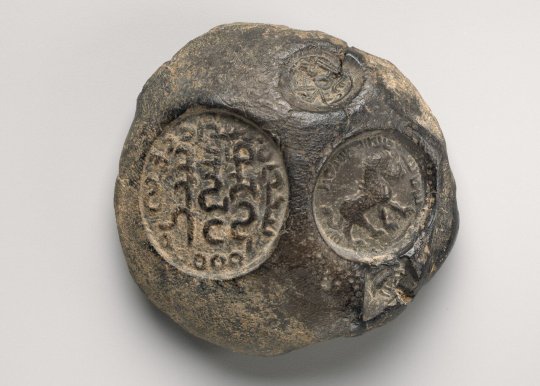
TEHRAN - In a remarkable archaeological revelation, the name “Shiraz” has been identified in Pahlavi script on a Sassanid-era clay sealing.
The finding is important due to cementing the history of Shiraz, which is situated some 60 km south of Persepolis, once the ceremonial capital of the Achaemenid Empire (c. 550–330 BC).
The sealing, excavated near the city of Shiraz at the site of Qasr-e Abu Nasr, is being kept at the Metropolitan Museum of Art in New York.
On Saturday, Iranian archaeologist Mohammadreza Nasab-Abdollahi affirmed to ISNA news agency that the inscription “Mugh-e Shiraz” has been deciphered on these Sassanid clay sealings.
Explaining further, the member of the Iranian Society of Archaeology described such sealings as pieces of clay of various dimensions and shapes, crafted to seal documents and goods. These sealings were imprinted with a seal, leaving an indelible mark on the clay.
“These clay sealings, due to their firing process, have a remarkable durability,” Nasab-Abdollahi added.
He noted that these sealings were unearthed during three seasons of archaeological excavations by experts from the Metropolitan Museum of Art, conducted from 1932 to 1935.
According to Nasab-Abdollahi, archaeological investigations indicate that Qasr-e Abu Nasr in Shiraz exhibits a cultural sequence from the Achaemenid to the Abbasid period, with its primary settlement dating back to the Sassanid era.
“The archaeological findings from Qasr-e Abu Nasr reveal a wide spectrum of administrative systems, techniques, and defensive structures,” the archaeologist remarked.
Furthermore, he emphasized that archaeological evidence from the Sassanid period, including such clay sealings, as well as artifacts from the Achaemenid era such as inscribed bricks from Persepolis, corroborates that the city known today as Shiraz bore the same name in antiquity and was among the significant cities of ancient Iran.
According to the Met Museum, this sealing was impressed with four seals of varying sizes. The imagery on the seals depicts a lion walking right, a monogram, an inscription, and a horned quadruped.
The sealing was among over 500 sealings excavated in the Sasanian fortress at the site of Qasr-e Abu Nasr. The cache was preserved because the building had burned, baking the clay and retaining the seal impressions.
These small clay objects played a role in Sasanian administrative practices. A piece of clay is pressed around a cord to close a document or package and then stamped with a seal. In some cases, these removed sealings seem to have been deliberately stored for administrative purposes.
Excavated by archaeologists from The Metropolitan Museum of Art for three seasons from 1932-1935, Qasr-e Abu Nasr is located near Shiraz in southern Iran at a strategic point at the intersection of defensive mountains, available water sources, and along roads entering the Shiraz plain.
The eastern part of Qasr-e Abu Nasr is a raised plateau of a roughly triangular shape. During the Sasanian period, the plateau was fortified by a wall and densely occupied. Archaeological finds from the fortress show a wide range of defensive and administrative practices.
Celebrated as the heartland of Persian culture for over 2000 years, the capital city of Shiraz has become synonymous with education, nightingales, poetry, and crafts skills passed down from generation to generation.
Shiraz was occupied, at least intermittently, from the Parthian period (3rd century BC–3rd century CE) to the Muzaffarid period (13th-14th century CE). The major occupation, including the extensive fortress, dates to the Late Sasanian period (6th-7th century CE).
It was one of the most important cities in the medieval Islamic world and was the Iranian capital during the Zand dynasty from 1751 to 1794. Moreover, Shiraz is home to some of the country’s most magnificent buildings and sights. Increasingly, it draws more and more foreign and domestic sightseers flocking to this provincial capital.
Eram Garden, Afif-Abad Garden, Tomb of Hafez, Tomb of Sa’di, Jameh Mosque of Atigh, and Persepolis are among the historical, cultural, and ancient sites of Shiraz that are of interest to domestic and foreign tourists. The ancient city is also home to some magnificent historical gardens such as Bagh-e Narenjestan and Eram Garden, which are top tourist destinations both for domestic and international sightseers.
Sources:
https://www.tehrantimes.com/news/496616/Sassanid-coin-depicting-Empress-Boran-on-view-at-Tehran-museum
https://www.tehrantimes.com/news/496738/Important-ruins-unearthed-in-downtown-Isfahan
https://www.tehrantimes.com/news/496798/Name-Shiraz-identified-on-clay-seal-of-Sassanids-archaeologist
#cultural heritage#archaelogy#iran persia#ancient coins#Sassanid#ancient Persia#Turism#Money Museum#Isfahan#UNESCO#unearthing#excavation#Shiraz Iran#Pahlavi Script#clay seal#Iran Tehran#TehranTimes#یران#فارسی نو
1 note
·
View note
Text
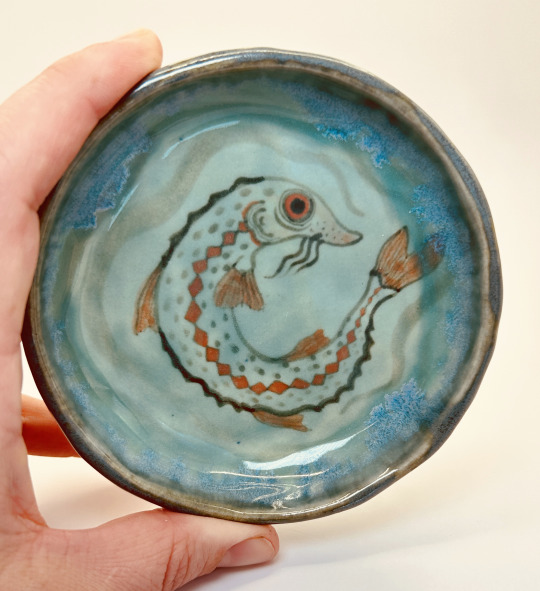

Vessels from my upcoming shop update, part three!
#artblog#pottery#ceramics#handbuiltceramics#ceramicart#handbuilding#clay#stoneware#seals#seal#sturgeon#ocean#sea#sea creatures#handbuilt bowls#handbuilt#handmade bowl
1K notes
·
View notes
Text

Uh oh they trapped him. He's gonna be late for the party now.
125 notes
·
View notes
Text


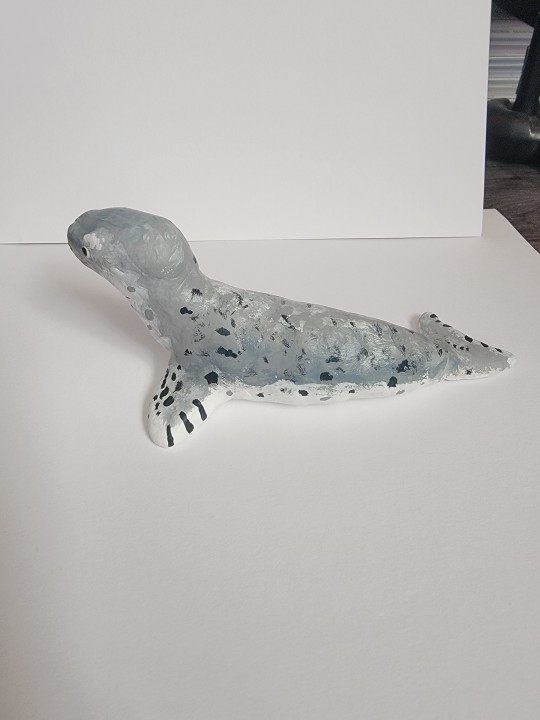
Sculpted a silly leopard seal
73 notes
·
View notes
Text
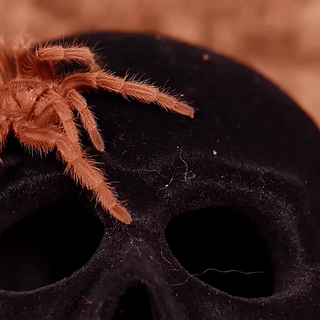
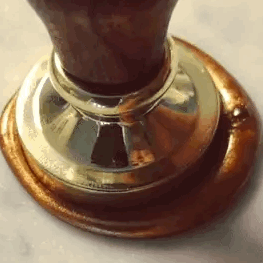
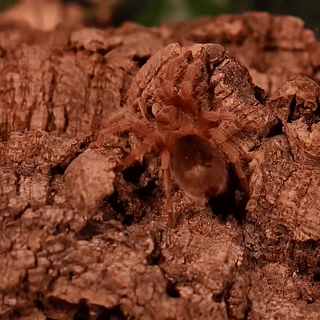
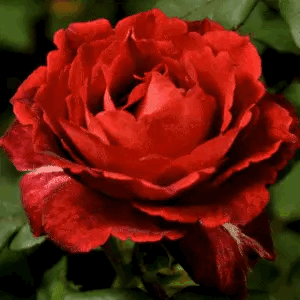

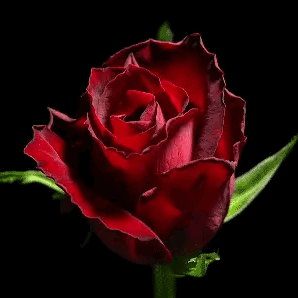
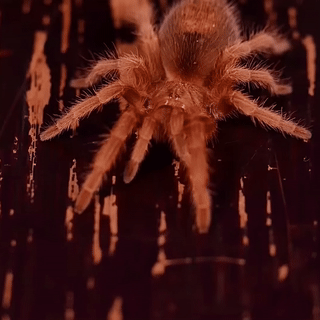
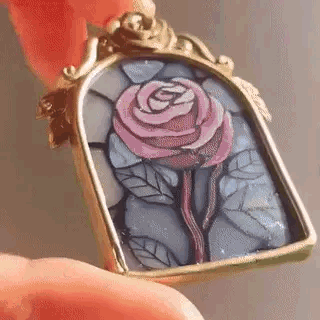
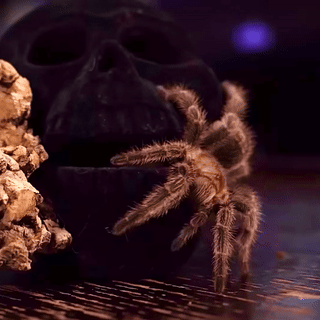
🥀 the rose hair tarantula with roses 🌹
for anon!
🌹-🥀-🌹 / 🥀-🌹-🥀 / 🌹-🥀-🌹
#stim#stimboard#tarantulas#roses#sfw#red#brown#gold#black#spiders#animals#arachnids#arachnophobia#skulls#wax seals#flowers#wood#timelapse#plants#clay art#stained glass#hands#the chilean rose tarantula#the rose hair tarantula#grammostola porteri#grammostola rosea#requests
332 notes
·
View notes
Text


Made some earrings based off the Solar Flare reflector from Okami. I think they turned out pretty well. Polymer clay, chalk pastel, wire, and acrylic paint.
#okami#okami amaterasu#earrings#jewelry#my art#made with polymer clay pastels and paint#gotta seal em still#okami 2
61 notes
·
View notes
Text


strawberry cake for today



32 notes
·
View notes
Text






🦭🐟Baby Seal Pup🐟🦭
From snoopslimesofficial's winter vibes collection!
#stimboard#moodboard#stim#hands#slime#clay#seal#baby seal#seal pup#fish#white#blue#visual stim#tactile stim#fish bones#winter#snow
58 notes
·
View notes
Text

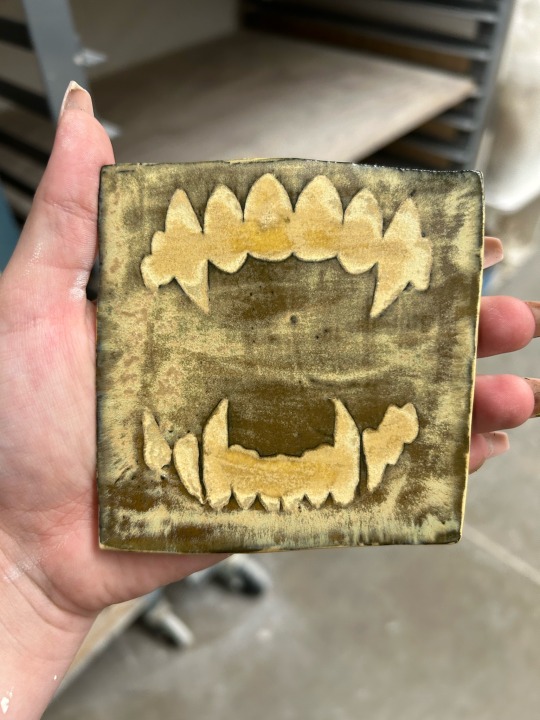

Some ceramic tiles I’ve made for a class 🫡🫡
40 notes
·
View notes
Text
I make a thing with leftover material from my project



He isn't perfect but not bad for a first
A bit unnecessary, but it was a good lesson
Anddddddd Soundwave has a funny version of his maybe probably logic partner


#note to self it took 2 day for japanese clay to dry#and even after you still need to seal it#maccadam#transformers#Shockwave
63 notes
·
View notes
Text

Bode and Gabs bc i love them
I miss Clay Spenser
#art#artist#digital artist#artists on tumblr#digital art#2025 art#clay spenser#seal team#fire country#bode donovan#bode leone#gabriela perez#fanart#digital illustration#illustration#my art
23 notes
·
View notes
Text




161 notes
·
View notes
Text
Random text with your Bravo team boyfriend
—— Clay, Drew, Sonny and Brock




#seal team imagine#sealteam x reader#seal team x reader#clay spencer imagine#clay spenser x reader#drew franklin x reader#drew franklin imagine#sonny quinn x reader#sonny quinn imagine#brock reynolds imagine#brock reynolds x reader#seal team smau#bravo team text
26 notes
·
View notes
Text


my old clay seal ⋆౨ৎ˚⟡˖ ࣪
#ignore the twin fantasy in the background lol#this was from an old friend#seal#seals#sealblr#seal posting#harp seal#seal art#clay art#ribbons#keychain
22 notes
·
View notes
